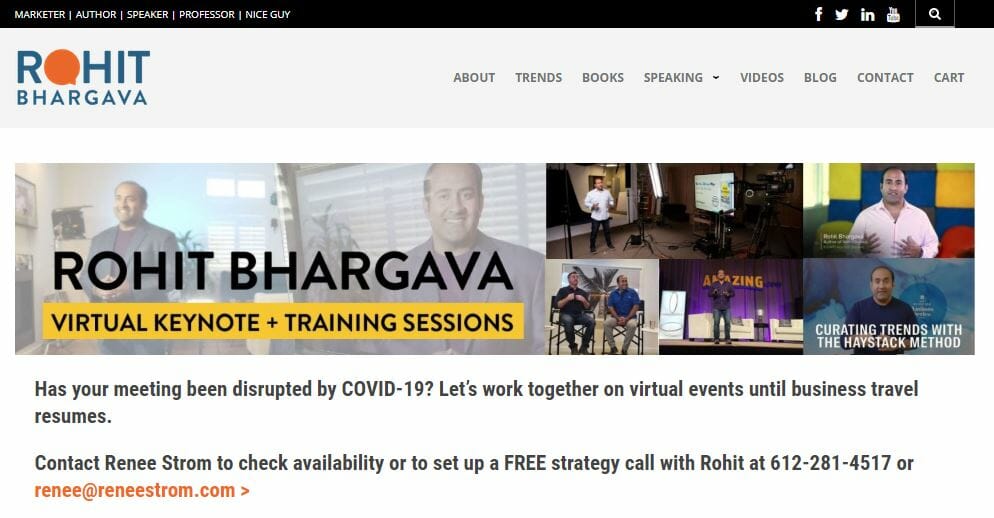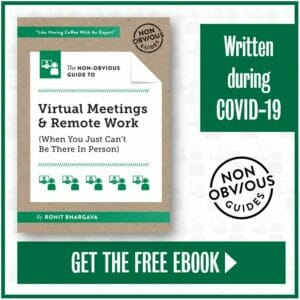Chris Carter is Group CEO of retail marketing agency SMP and Amazon ecommerce specialist Melody.
We asked Carter what his day-to-day now looks like, what trends he is seeing in his sector, and what advice he has for marketers.
Please describe your job: What do you do?
I’m Group CEO of SMP. It consists of SMP, a retail marketing agency focused on the consumer technology sector, and Melody, an ecommerce specialist and part of Amazon’s coveted Solution Provider Network.
Our head office is in London and we also have footprints in Dublin and San Francisco. Since mid-March we’ve expanded significantly, gaining 37 home offices as the team are doing what they do best, but from the comfort of their own homes!
My role is to set the vision and strategy for the agency and to keep us on track to deliver it. I also work very closely with key clients to help them deliver their own strategy. At the moment that means a lot of Zoom calls, particularly with clients keen to migrate sales from their offline channels to ecommerce while we’re all stuck at home.
How has your typical day been impacted in the short term by the pandemic?
Ordinarily, I’d be on a train to Holborn by 7am, in and out of meetings and calls all day before getting home about 7.30pm. But my current day is very different. I am up by 6.30am and after breakfast I make the short commute from the kitchen to my home office, being at my desk by 7am.
The Leadership Team meets at 8am via Zoom to discuss the plan for the day and address any resource challenges. From time to time my daughter joins the calls (yes, Zoom-bombing is a thing) to provide her perspective on how we are performing as a team. At 14 months old she’s one of our youngest team members but already showing a huge amount of promise.
I am a big fan of to-do lists, so I’ll review what’s urgent and important and focus on these first. The days are normally made up of several internal meetings focused on our performance against company metrics, plus a lot of client video calls. We’ve also initiated virtual coffees with individuals to check-in on them whilst they are isolated – it’s really important to maintain day-to-day contact with team members, especially where they live alone.
Late afternoon is when I’ll catch up with our San Francisco team and clients, which always gives us some great insights into how the US approaches retail and ecommerce, especially at this time.
And whilst working from home brings its challenges, there are upsides; I get to see my daughter in the morning for breakfast, take her for a walk at lunchtime and read her a bedtime story at night – all things I rarely have the chance to do when I am working in town.

What are your favourite tools and techniques to help you get your work done at the moment?
Like most people, I use a variety of apps, technologies and platforms to keep connected and working no matter where I am. And as an agency we haven’t needed to invest in any new tools to support the teams working from home.
My go-tos at the moment (besides my iPhone and iPad) are WhatsApp (perfect for quick catch-ups), Evernote (great for meeting notes) and To Do (great for to-do lists, unsurprisingly). I’m also a big fan of how Blinkist condenses business books into bite-sized text and audio, which will one day make that commute bearable again.
And of course, who couldn’t live without Houseparty and Netflix Party during lockdown!
Which companies have impressed you since the outbreak?
Not your traditional brand campaign, but I love how BBC Creative has turned four clips from classic sitcoms into public information videos. The clips from The Thick of It, Miranda, The Mighty Boosh and Alan Partridge encourage UK residents to stay at home.
The first three films end with the on-screen message: “Seriously, stay at home. Please help stop the spread.” The Partridge one, meanwhile, has the text: “Set a routine to get through staying in.”
What changes are you making to help your clients’ brands connect with how people are feeling and experiencing the pandemic?
Even during the weeks leading up to the lockdown we were developing proactive ‘Now > Next > Future’ recommendations for our clients. They’re designed to help brands optimise their Amazon and ecommerce channels in the absence of physical retail. This included helping support smaller brands, significantly impacted by the closure of their physical presence, to set themselves up and start trading on Amazon.
Additionally, we’re analysing how COVID-19 is impacting UK shopping habits today and, whilst it is hard to separate anticipated consumer intent from actual behaviour, what shoppers believe will be the lasting impact of their newly formed shopping habits in the future. We’re sharing these insights with clients to help inform channel strategy development.
And finally, where our clients have products that have become invaluable during the lockdown we’ve worked with them to ensure as many people as possible are able to access them, as quickly as possible.
What trends have you seen in the last few weeks in your sector?
Unsurprisingly, the biggest trend has been the shift of focus from physical retail to ecommerce. Melody, our ecommerce division, has never been busier. On a lighter note, I’ve also been getting a lot of interior design hints and tips from all the Zoom calls I have been on.
What advice would you give a marketer right now?
The advice I’d give right now is the same that I have always given, which has served me well over the years: attention to detail should be your mantra and delighting your clients your speciality.
However, recently we have been discussing the increased importance of context and would recommend two key steps: first, review your current/scheduled campaigns and see what needs to be cancelled, paused, reimagined or reconfigured. Is the message, tone, offer and imagery appropriate for the current crisis?
Second, identify what value your brand can legitimately offer to help get people through the crisis, and communicate it in a positive, informative, sensitive and accessible way.
What does long term planning and strategy look like now at your clients’ brands?
If differs so much by client, but one thing they all have in common is scenario planning. Where there is so much uncertainty, it is critical to model plans against different variables. Brands need to understand the markers that will determine which plan to follow, and when.
Download Econsultancy’s Ecommerce Best Practice Guide
The post Marketers on the new normal: Chris Carter, CEO at retail marketing agency SMP appeared first on Econsultancy.
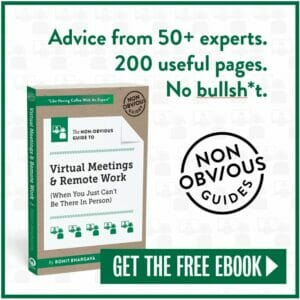
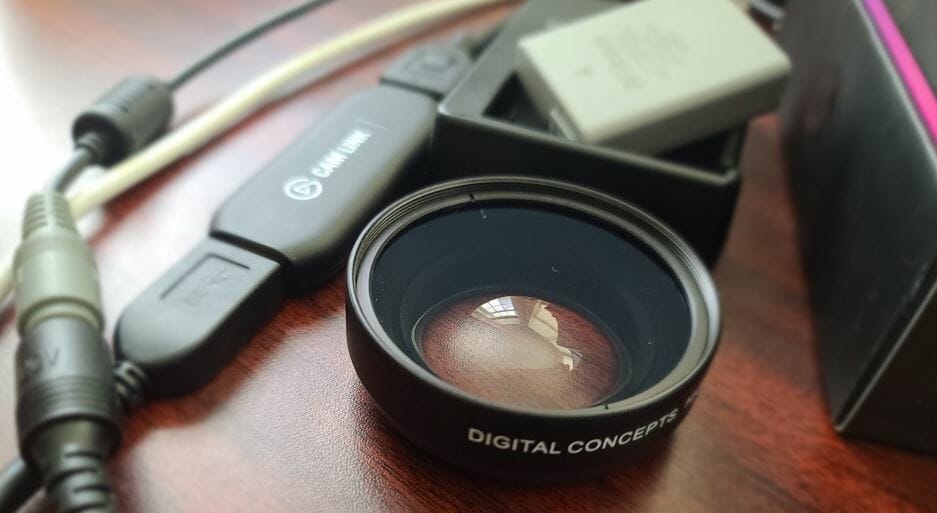
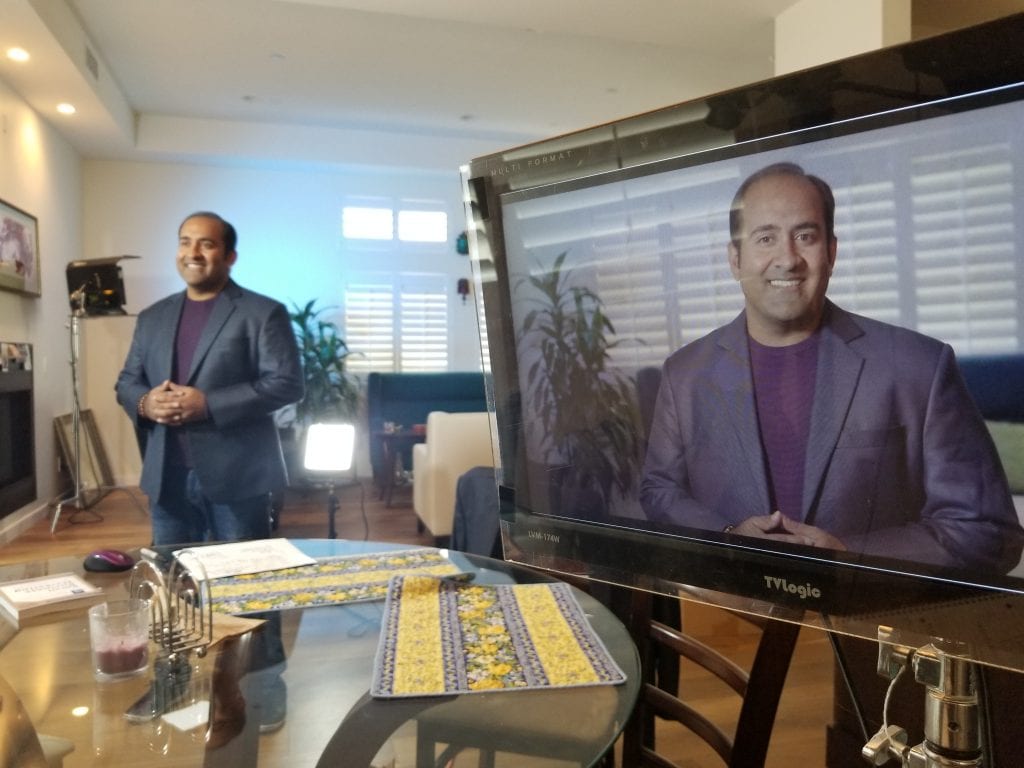
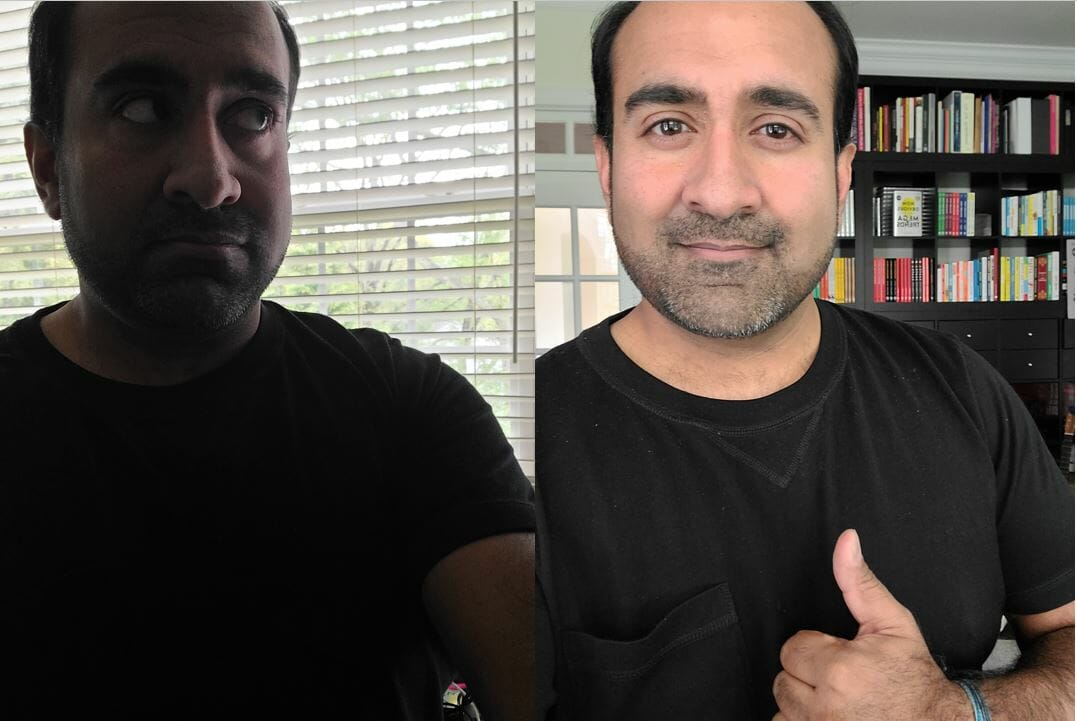

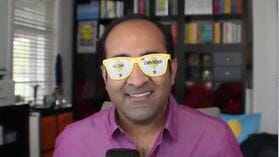 One of the nicest things about presenting from my home office is that I can have all the tools I usually use right next to me. So while I used to share a picture of a stack of books that I read from the stage, now I can actually SHOW people the stack. Props are a great way to break up the monotony of a talk and bring your personality too.
One of the nicest things about presenting from my home office is that I can have all the tools I usually use right next to me. So while I used to share a picture of a stack of books that I read from the stage, now I can actually SHOW people the stack. Props are a great way to break up the monotony of a talk and bring your personality too.